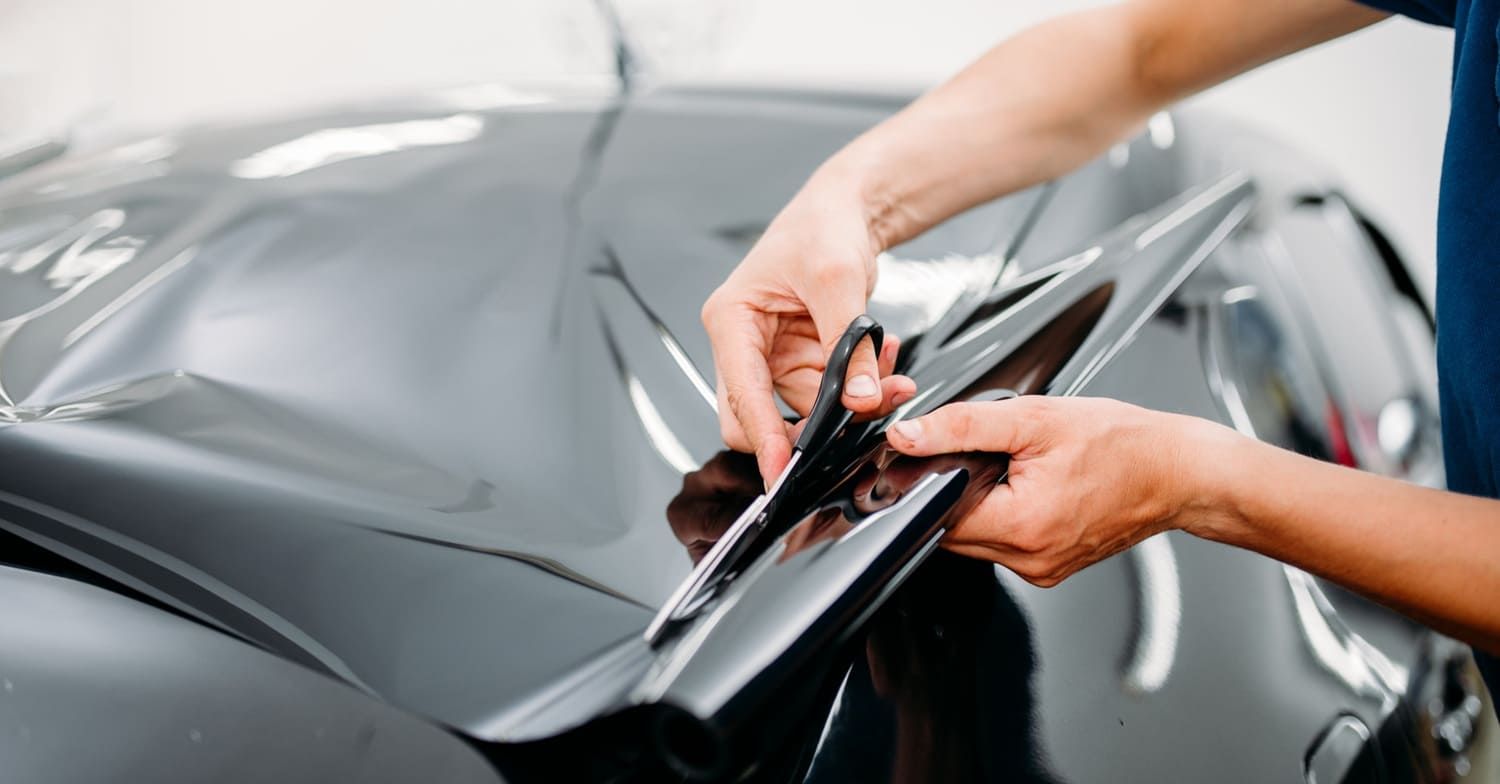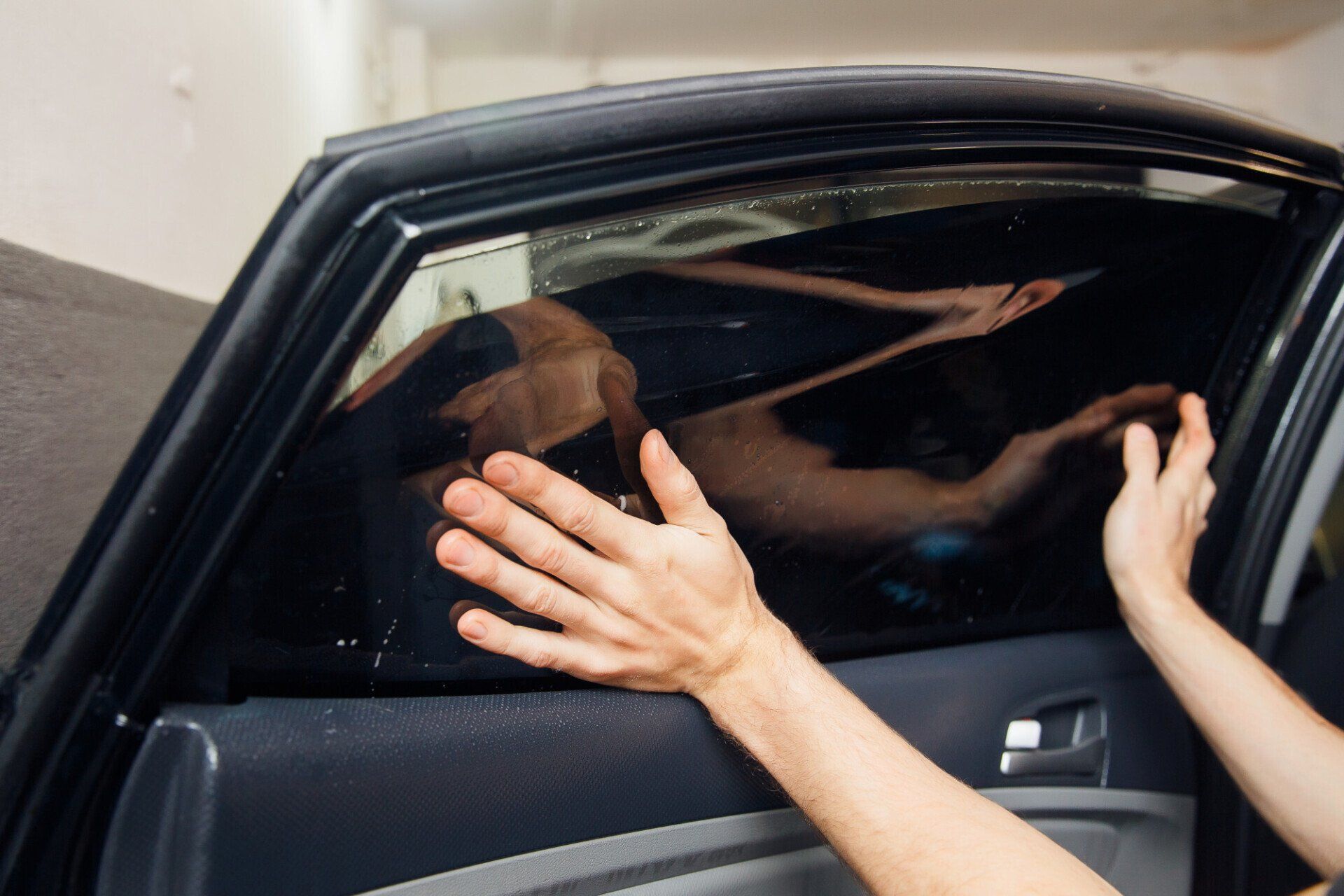Everything You Need to Know About Vinyl Top Replacement

A vinyl roof is one of the most distinctive features found on classic cars, muscle cars, and luxury vehicles from the mid-20th century. Over time, exposure to sun, moisture, and fluctuating temperatures causes these tops to fade, crack, shrink, or peel. When that happens, vinyl top replacement becomes a necessary step in preserving the car’s original look and protecting its underlying structure. This type of restoration requires attention to detail, familiarity with vintage styling, and the right materials to ensure lasting results.
Why Vinyl Roofs Were Popular and Why They Fail Over Time
Vinyl tops were introduced by automakers to mimic the appearance of expensive convertible tops while offering the weather resistance of a fixed roof. They became widely popular in the 1960s and 70s and were featured prominently on vehicles from brands like Cadillac, Lincoln, Chevrolet, and Chrysler. The addition of vinyl gave the roofline a soft, formal look that aligned with luxury trends of the era. In many cases, trim pieces and seams were added to give the impression of a cabriolet or landau top.
Over time, vinyl is subject to wear. Sunlight causes the material to become brittle, which leads to cracking or discoloration. Rain, snow, and humidity eventually find their way into small gaps or tears, especially around trim and seams. As water infiltrates, it can compromise the adhesive layer and lead to rust or rot in the roof’s metal or wooden substructure. Once that begins, cosmetic damage quickly becomes a structural concern.
A vinyl top replacement becomes essential not just for appearance, but to avoid costly repairs beneath the surface. Restoring or replacing a top involves removing the old vinyl, assessing the condition of the roof underneath, and installing a new top that matches the vehicle’s original design.
What to Expect During the Vinyl Top Replacement Process
Replacing a vinyl top starts with preparation. The trim, moldings, weatherstripping, and any roof emblems are carefully removed. The old vinyl is then stripped away using heat or solvents depending on the condition and method of installation. In older vehicles, a cloth or foam padding may lie underneath, both of which will be inspected for signs of moisture damage or deterioration. If the roof panel itself shows rust, corrosion, or dents, that damage must be repaired before any new materials can be applied.
Once the surface is clean and restored, new padding is fitted to the roof as needed. This layer helps smooth out imperfections, provides a uniform shape, and ensures the vinyl adheres correctly. High-quality vinyl is then cut and laid out to match the contours of the roof. Adhesive is applied carefully, starting at the center and working outward to prevent bubbles or folds. During this stage, the installer uses specialized tools to stretch and form the vinyl smoothly over body lines and pillars.
Vinyl top replacement often includes new trim installation to complete the look. Many classic cars use chrome or stainless moldings along the seams and base of the roof. These pieces not only add detail but help secure the vinyl edge and provide protection against lifting or peeling. For vehicles with landau bars or roof emblems, accurate reinstallation is essential to preserving authenticity.
Color matching is a key detail in any restoration. While black and white tops are common, many classic cars featured dark green, maroon, tan, or even metallic finishes. Restorers may source OEM-style vinyl or select high-grade materials from specialty suppliers that offer the same grain and sheen as factory models. If the rest of the car is being repainted or restored, the vinyl top should coordinate with the overall aesthetic.
When to Replace Versus Restore a Vinyl Top
Knowing whether to restore or fully replace a vinyl top depends on the condition of the material and what lies underneath. If the vinyl is only mildly faded and shows no cracks or lifting, some detailing shops can recondition it using gentle cleaning agents and conditioners. This option only works when the adhesive remains strong, the seams are tight, and the top still conforms cleanly to the roof’s curves.
In contrast, if there’s visible cracking, blistering, or discoloration, vinyl top replacement becomes the better option. Peeling around trim or bubbling beneath the surface typically indicates moisture intrusion. Left unchecked, these signs lead to rust in the metal substructure or rot in areas built with wood or composite boards, especially on luxury models of the 1970s. Any damage to these components will worsen over time and raise the cost of repair.
A complete replacement ensures not only the surface aesthetics but also the long-term integrity of the roof. It allows restorers to identify hidden damage and address it early. Classic car enthusiasts often choose to replace the top as part of a larger restoration project, especially when reselling or entering a vehicle into shows. A clean, well-installed top contributes significantly to the car’s value and presentation.
Choosing the Right Professional for the Job
Because vinyl top replacement involves both technical skill and an eye for detail, choosing a qualified shop is essential. Upholstery shops that specialize in classic cars or restoration projects usually offer the best experience. These professionals understand factory patterns, correct adhesive use, and how to work with trim that might be fragile due to age.
Look for a service provider with examples of past work, ideally on cars from the same era or make. They should be able to explain how they source materials, what kind of warranty or guarantees they offer, and how they prepare the roof prior to vinyl application. In many cases, restorers also photograph each step for documentation or to help with future resale.
For those considering a DIY approach, kits are available that include precut vinyl, adhesives, and basic instructions. While this option can save money, it requires precision and patience. Any misalignment or stretching errors can result in visible seams or premature lifting. DIY kits may be best for hobbyists working on secondary or project vehicles rather than primary showpieces.
Whether installed by a professional or tackled at home, vinyl top replacement has a dramatic effect on a car’s appearance. A smooth, correctly installed top restores the original elegance of the vehicle and draws attention to its design.


